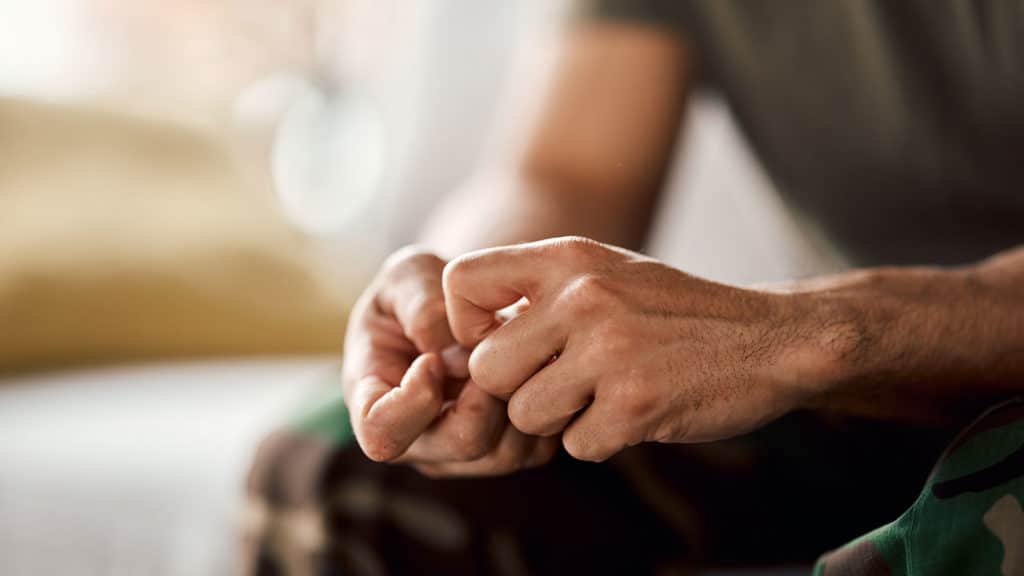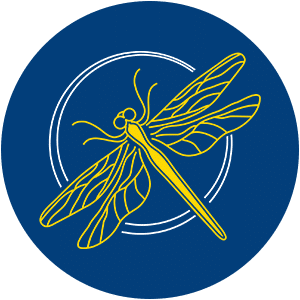Some say addiction is a battle that you should win every day. Others say addiction is a monster that you need to slay daily.
Whatever figure of speech you use to describe addiction, one fact remains certain: beating addiction is easier said than done.
Today, you won’t get any magical solutions or shortcuts to overcome your dependence.
Instead, I’ll be walking you through a step-by-step guide on how to break an addiction realistically and effectively. It’s a 7-part plan, so buckle up and let’s get to work!

Table of Contents
Step 1: Admit the Truth and Set a Date
The first step toward breaking an addiction is admitting it exists. You’ve probably heard this before, but it’s such a difficult action to take that many people may take weeks, months, or even years to do it.
That’s perfectly normal though.
Admitting that you have a problem is the gateway to making a change in life, and to most folks out there, change isn’t easy to accept. Admitting is the first step to help you overcome addiction.
Admitting an addiction, such as drug addiction or alcohol addiction, is also an admission that you have a problem. A lot of people have a hard time seeing the fault in their ways, which makes this step an even bigger challenge.
That said, an admission of addiction is also a declaration of being brave enough to face the problem. It marks the beginning of the confrontation process that’ll eventually lead to finding out the underlying reasons behind the addiction.
As such, truly acknowledging an addiction is probably the toughest step in the recovery scheme.
That’s because it involves more than just recognizing the issue; you need to dig deep, uncover, and deal with parts of your personality and mentality that you prefer not to experience or feel.
Still, this is a crucial step to setting sail on your journey to becoming a better you. Only after admitting your addiction can you start to take active measures to commit to sobriety.
Once you acknowledge the problem, set a quit date. That should be the last day you’ll ever submit to your addiction.
Step 2: Expect the Symptoms
After admitting your addiction problem, you need to prepare yourself for the fight. In this case, one of your most important weapons is knowledge of what to expect.
When you quit an addiction, withdrawal symptoms are likely to hit soon after. Withdrawal is also known as detoxification or detox. It’s when you cut out, or cut back, on alcohol use or other drugs. Knowing and understanding what’s coming at you doesn’t only make the hit just a little bit less harsh, but it also helps you get ready to deal with it.
Generally, withdrawal symptoms are classified under two categories: psychological and physical.
While these symptoms mostly depend on the type of your addiction, they’re sure to fade over time and often stop completely after a while from quitting.
Psychological Symptoms
You should expect to go through psychological withdrawal symptoms when you quit an addiction.
These may include anxiety, irritability, aggression, depression, mood swings, cravings, hallucinations, and sleeping difficulties. The withdrawal stage may make any underlying mental health condition worse.
The exact symptoms vary depending on the nature of the addictive substance you’re leaving behind, your age, and your current health/mental state, but they’re never pleasant. These symptoms may make quitting more challenging, but choosing effective treatment options can improve your ability to succeed.
Going through psychological withdrawal symptoms can be very tough, so it’s best to have the help of a professional in dealing with them.

Physical Symptoms
In addition to psychological symptoms, physical withdrawal symptoms are common to experience when you quit an addiction. Again, the exact symptoms vary depending on the type of addictive substance you quit, but they’re always unpleasant.
Stomach upset, shaking, nausea, vomiting, muscle aches, sweating, malaise, fatigue, and appetite changes are some of the physical withdrawal symptoms you may have to endure.
How long these symptoms will last and how severe they’ll get is determined based on the nature of the addiction, your age, and your current health/mental state. However, physical symptoms go away before psychological ones do.
In some cases, dealing with physical withdrawal symptoms can be dangerous and requires professional help along with supporting medication.
Step 3: Stay Away From Triggers and Temptations
Next on your agenda is identifying triggers that drive you to your addiction and avoiding sources of temptation.
Let’s start with pinpointing your triggers. To do this, you need to take a thorough, analytical look at your life and the circumstances surrounding your addiction.
Are there specific places, times, people, issues, or emotions that cause you to want to use the addictive substance?
Any factors that you can identify can help you come up with a plan to stay away from the triggers and lower the chances of you using drugs or alcohol. People who drink or give in to drug use to address the symptoms of their mental illness may find this stage considerably more challenging.
As for resisting temptation, it requires an active effort on your part to make it a reality.
Whether it’s the temptation to go back to familiar places where your triggers are present, be with familiar people who also act as triggers, or enter a familiar mental state that triggers your substance use.
Once you catch yourself starting to get tempted, you should immediately take a different action as this can affect your addiction recovery.
Tell yourself that you don’t have to go to a certain place to have a good time; the world is full of fun activities that don’t involve your addiction. Tell yourself that people who really love wouldn’t want you to stay addicted; they’ll help you stay sober instead.
Staying away from your triggers and resisting temptation isn’t as hard as you think. You’ll discover this once you begin doing it. Remember, it’s for your own well-being and giving in will only result to negative consequences.

Step 4: Get Help
While it’s commendable and possible to break some types of addiction on your own, other substance abuse problems are nearly impossible to overcome without proper help from professionals. It’s common for people with substance use disorders to discover that recovering from it is harder than they anticipated.
Even the addiction issues that you can beat alone will be less tiresome and time-consuming if you get help from an expert. Not to mention, having a professional to follow up with ensures better commitment to recovery.
Professional help can take various forms, including:
Speaking With a Physician
This can provide you with an accurate evaluation of your problem and the withdrawal symptoms to expect.
The physician can also prescribe medications to alleviate the withdrawal symptoms and make the recovery process more tolerable.
Speaking With a Therapist
Seeking the help of a qualified therapist, preferably with a specialization in addiction treatment/management is another great way to obtain an assessment of your condition.
The therapist can guide you through the psychological aspect of recovery and recommend ways to proceed with getting the needed help.
Calling a Rehabilitation Center
By contacting a rehabilitation and treatment center, you can get answers to questions or concerns regarding the treatment process. You can learn more about the treatment options and the most appropriate type of setting for your case.
When you join a treatment program, you can attend therapy sessions, apply coping mechanisms, and more.
Step 5: Manage Your Negative Emotions
Quitting the addictive substance and going into treatment doesn’t mean that the issues that caused your addiction in the first place will magically go away. You’ll still have to confront your problems and work them out.
Whatever the reason that led you to your substance abuse; be it unwinding after a stressful job, calming after a fight, or trying to forget a certain experience, the negative emotions you used to suppress with drugs or alcohol will resurface.
All those bad feelings will come back, and they’ll come back hard. For your sobriety to be effective and permanent, you must be ready to work through your actual issues, accept the negative emotions they cause you as a natural part of life, and overcome them.
Step 6: Track Your Success
Breaking your addictive behavior is the ultimate goal, but the road to achieving it is far from a smooth ride.
More often than not, the bumps and obstacles you’ll face during your recovery process will cause you to lose sight of the progress you’ve made.
This is why it’s important to keep track of your success so you can stay motivated when you’re having a bad day or forget how far you’ve come.
Remembering the fruit of your efforts helps you appreciate the energy, emotions, and time you’ve invested in your journey. From there, sticking to the grand plan becomes easier.
An effective approach to tracking progress is writing down about it every day. Make the time to document your daily thoughts, feelings, accomplishments, problems, and whatever else you feel is worth noting.
Step 7: Stay Busy
Filling your time with activities and tasks is useful in distracting your mind from wandering off and revisiting destructive thoughts that can push you into substance abuse.
Make a plan of things that you can do when you feel like you’re tempted to relapse. For example, you can clean the house, read a book, learn a skill, call a loved one or family member, or watch a show.
Consistency and productivity are key aspects of maintaining sobriety, so be sure to actively seek responsibilities or actions that keep you busy whenever a craving hits.

Wrapping It Up
If there’s one takeaway from this guide on how to break an addiction, it’s that beating your addiction isn’t impossible.
It can be a very difficult challenge, but it’s nothing you can’t handle if you’re armed with the right plan, knowledge, and tools.
Where can I get a drug and alcohol evaluation near Illinois?



